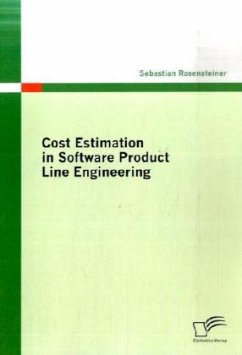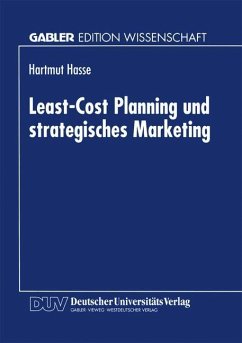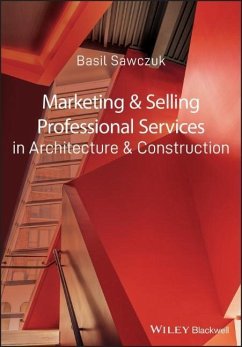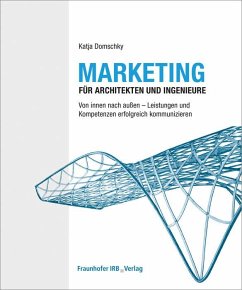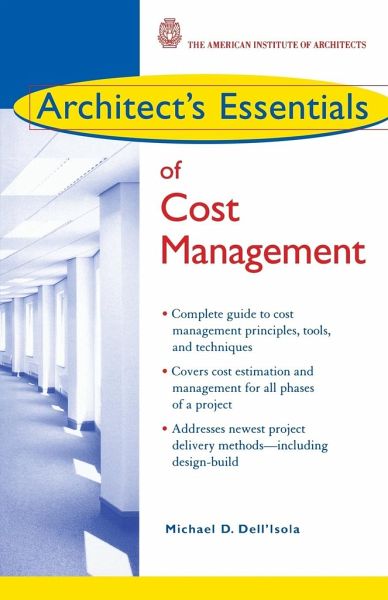
Architect's Essentials of Cost Management

PAYBACK Punkte
25 °P sammeln!
Easy access to crucial business information for design professionals Find the concise, practical business information you need right now in the Architect' s Essentials of Professional Practice Series. These authoritative guides quickly make you an instant expert on the best business practices crucial for success in today' s design and construction professions.Each portable, affordable, user-friendly volume gives you: Authoritative advice from leading national figures Flip-and-find access to critical business information Bulleted lists and callout boxes for quick reference Clear, insightful explanations of complex business topics Architect' s Essentials of Cost Management presents a complete, organized approach to cost management that includes both underlying concepts and practical techniques. First, it helps you understand today' s building economics and the industry trends that can significantly affect cost. Then, it equips you with the cost-estimating methods and tools- both print and computer-based- to do the job effectively. Finally, you' ll learn how to use cost management techniques for best results, whether it' s budgeting and planning effectively at the outset of a project, successfully managing costs during design and construction, or even assessing the potential cost management impact of alternate delivery systems. Written by a leading expert in the field, Architect' s Essentials of Cost Management is an indispensable resource for architects, landscape architects, interior designers, construction professionals, and others whose work involves cost management.
Written by a cost-control expert with more than thirty years of design and building expertise, this volume in the Professional Practice Essentials Series gives you practical, user-friendly guidance on how to better manager costs through all phases of a project. Dell Isola first explains the basics of cost management-from estimating costs during the design phase to managing costs during construction and even after occupancy. He then covers all of the tools and techniques available to architects/designers and explains how best to use them. A number of useful case studies clearly show how the author s principles work in real-life situations.



